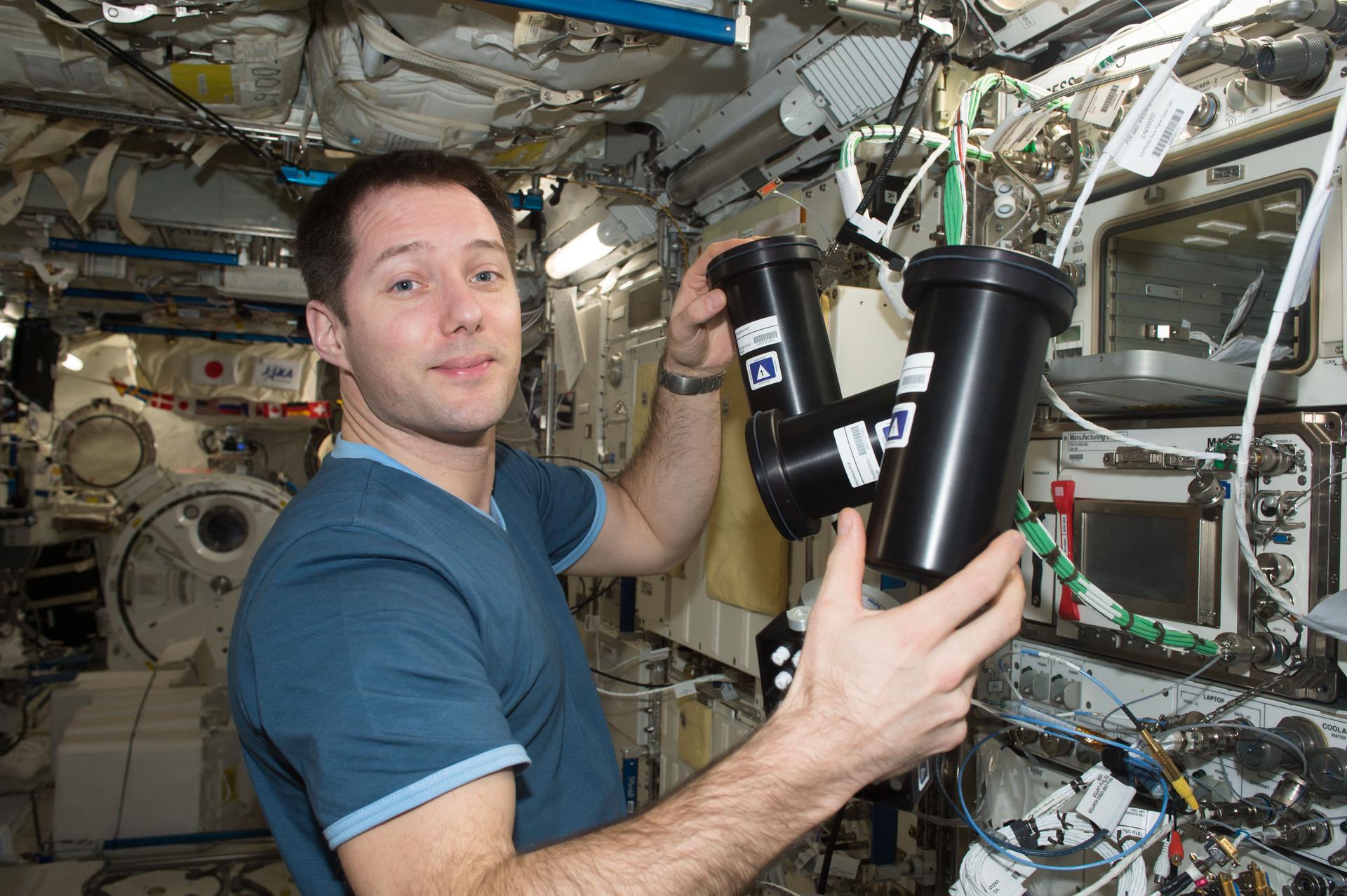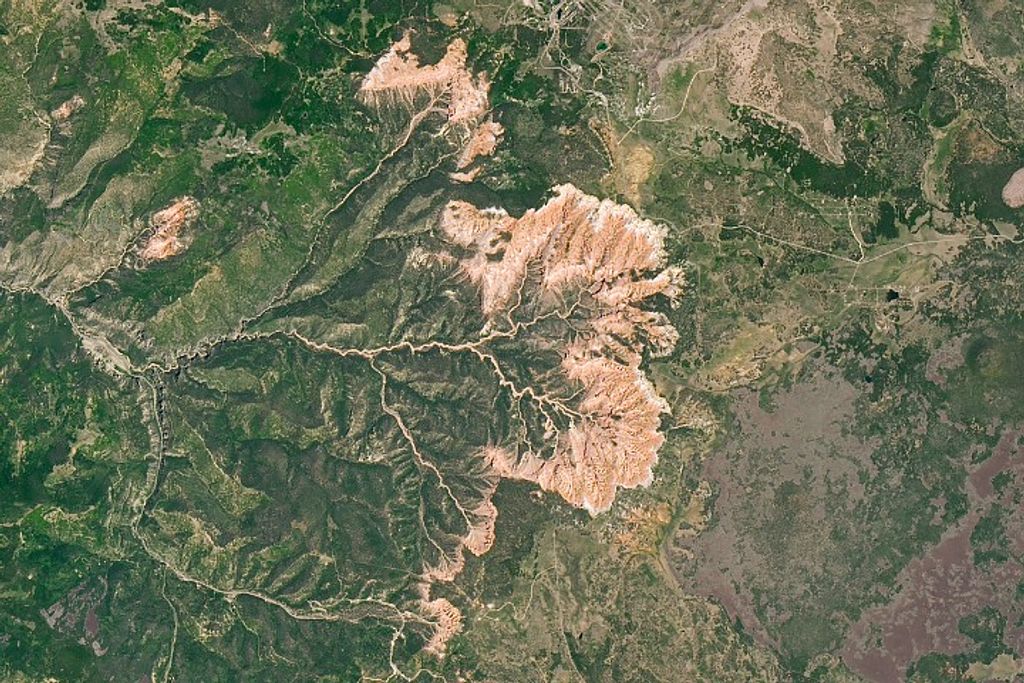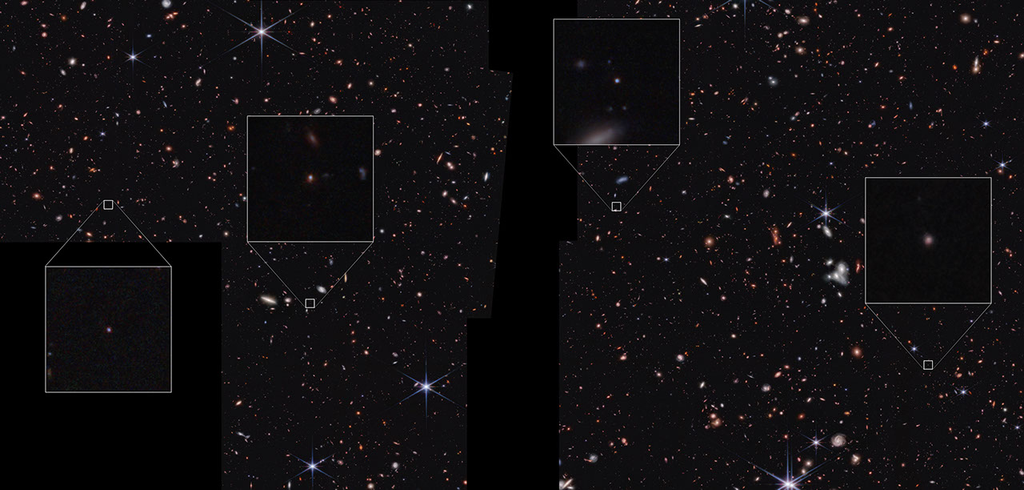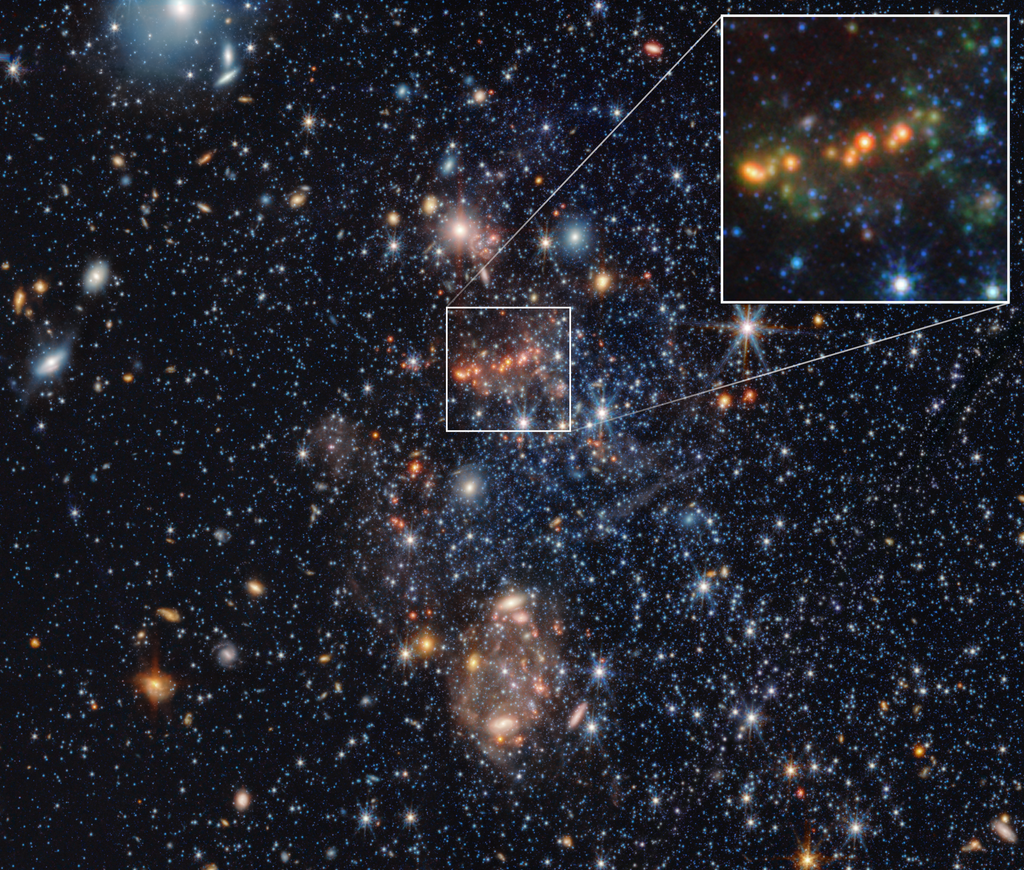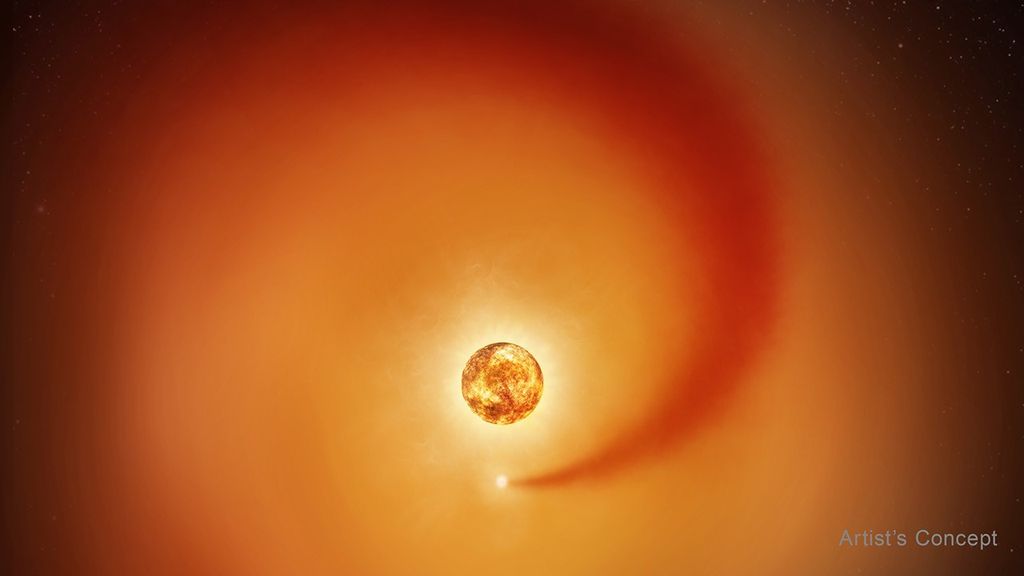1 min read
Motion in the Crab Nebula
This time-lapse movie of the Crab Nebula, made from NASA Hubble Space Telescope observations, reveals wave-like structures expanding outward from the "heart" of an exploded star. The waves look like ripples in a pond.
The heart is the crushed core of the exploded star, or supernova. Called a neutron star, it has about the same mass as the sun but is squeezed into an ultra-dense sphere that is only a few miles across and 100 billion times stronger than steel. This surviving relic is a tremendous dynamo, spinning 30 times a second. The rapidly spinning neutron star is visible in the image as the bright object just below center. The bright object to the left of the neutron star is a foreground or background star.
The movie is assembled from 10 Hubble exposures taken between September and November 2005 by the Advanced Camera for Surveys.
- Release DateOctober 27, 2016
- Science ReleaseA Death Star’s Ghostly Glow
- Credit
Related Images & Videos

Crab Nebula (Black/White)
The eerie glow of a dead star, which exploded long ago as a supernova, reveals itself in this NASA Hubble Space Telescope image of the Crab Nebula. But don't be fooled. The ghoulish-looking object still has a pulse. Buried at its center is the star's tell-tale heart, which beats...
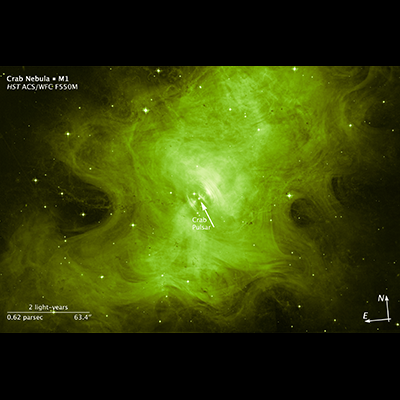
Scale and Compass for Crab Nebula
The eerie glow of a dead star, which exploded long ago as a supernova, reveals itself in this NASA Hubble Space Telescope image of the Crab Nebula. But don't be fooled. The ghoulish-looking object still has a pulse. Buried at its center is the star's tell-tale heart, which beats...
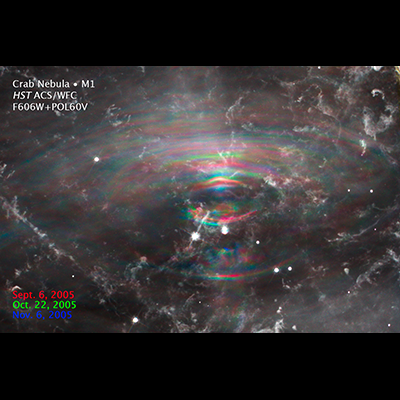
Changes in the Crab Nebula
This NASA Hubble Space Telescope image reveals how wave-like structures unleashed by the powerful remnant of a dead star move outward over time in the heart of the Crab Nebula. The surviving remnant is the collapsed core of a burned-out star, and is called a neutron star. This...
Share
Details
Claire Andreoli
NASA’s Goddard Space Flight Center
Greenbelt, Maryland
claire.andreoli@nasa.gov





